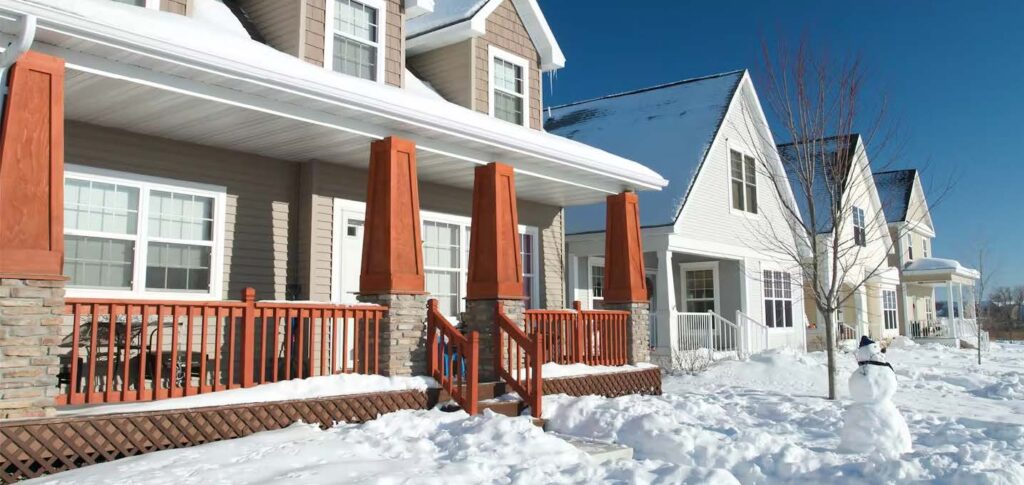
The latest RE/MAX National Housing Report uncovers how year-end market trends provide insight for buyers and sellers looking to make moves in 2024.
Is scrolling through local listings on remax.com one of your favorite pastimes? If so, you may have started to notice a slight drop in home prices recently.
According to the latest RE/MAX National Housing Report, which surveyed 52 U.S. metro areas, home pricing trends are showing some level of decrease.
In December 2023, homes sold for an average of 98% of the listing price, which was slightly down from 99% in November 2023. The median home price across the country was $400,000 in December, down from $405,000 the month prior. The outcome of this decrease is still a sign of how much prices climbed throughout 2023 – after all, the median home price in December 2022 was $385,000.
Plus, overall home sales declined 2.3% from November to December, reinforcing the notion that this time of year is no stranger to slower housing market activity. Still months out from spring, now is when many are starting the homebuying process and taking steps to prepare for their upcoming purchase.
“The mortgage rates and inventory lows of 2023 definitely made for a challenging market, but there are already some good signs for 2024,” said Nick Bailey, RE/MAX President and CEO. “Listings started to inch up, and if new construction starts to increase along with mortgage rates dropping, move-up buyers may start to explore their options, making room for new buyers.”
“The real estate industry can be a slow mover, but the wheels are starting to turn towards a more balanced market.”
Understanding market data on a local level is a benefit to homebuyers and sellers, too. While national data helps identify trends affecting real estate consumers across the board, local data can point to specific factors that impact metros differently. For example, markets like Bozeman, Montana; Houston, Texas; and Phoenix, Arizona, saw a significant increase in new listings hitting the market in December compared to the year prior, whereas Manchester, New Hampshire; Anchorage, Alaska; and Indianapolis, Indiana, saw a significant decrease of the same metric.
Dive into the full RE/MAX National Housing Report here.
What’s in store for homebuyers in 2024?
Real estate experts have plenty of predictions for what the market may bring in the year ahead. A hope shared by many is that interest rates will see notable decrease.
On a recent CNBC broadcast, Bailey shared how lower interest rates in the year ahead would likely be a catalyst for current homeowners locked into a low rate to feel empowered to move, whether it’s for downsizing, upsizing, or accommodating a myriad of life changes. And in turn, that would open up opportunity for a large cohort of prospective buyers – namely, first-time buyers – who have been waiting on the sidelines.
“There are 45 to 46 million millennials who are part of this pent-up demand for household formation in the years ahead, so there’s a big population that’s striving for housing,” Bailey told CNBC.
Resourceful measures for helping meet this strong demand for housing are being explored. Some RE/MAX agents are anticipating an uptick in adaptive reuse in 2024, a trend of taking unused buildings and converting them into single- and multi-family housing units, as opposed to tearing them down to start anew.
“With a bit of creativity, nearly every old, unused structure has the potential to become housing and create more inventory for homebuyers,” said Sindy Jensen, an agent with RE/MAX 1st Realty in Marquette, Michigan.
Jensen, as well as additional real estate professionals and a historic tax credit expert, shared their insight on the adaptive reuse movement – and who might be seeking out a repurposed property – in a recent conversation with RE/MAX News.
Looking to become a homeowner in 2024? Connect with a local RE/MAX agent today.
Article originally appeared on RE/MAX.com.







